-
Astronomers want direct images of exoplanets. They may need ‘quantum-level’ tech to get them

A team of scientists is developing a “quantum-sensitive” device that could capture direct images of Earth-like exoplanets — something astronomers tend to consider so difficult it’s nearly impossible. Humanity’s ability to image the heavens has improved by leaps and bounds since the invention of the telescope in 1608. Although the earliest of these images were…
-
Jupiter used to be twice as big as it is now — it could have held 2,000 Earths
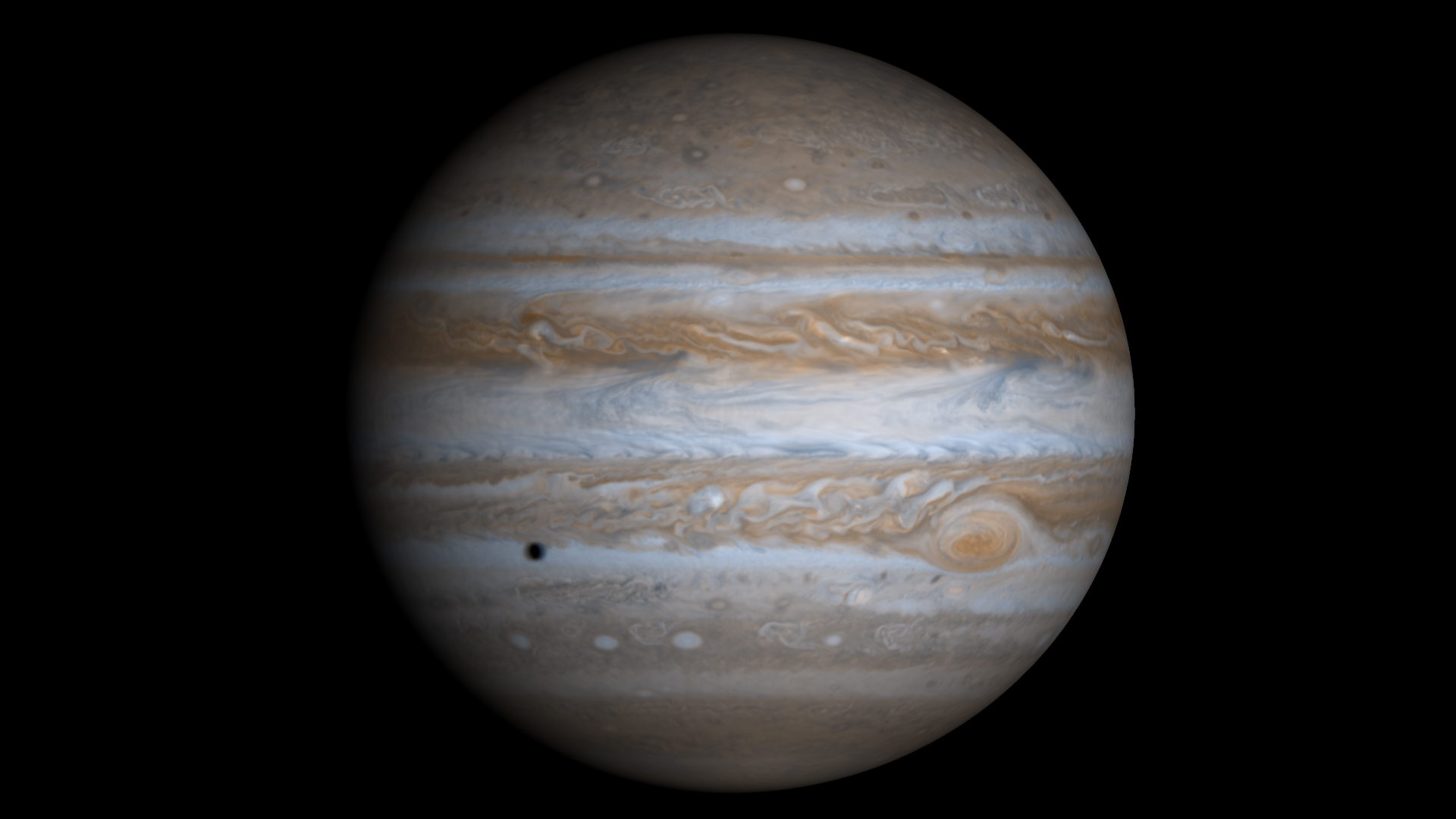
Long before it became the giant planet we see today, Jupiter was even bigger and had a much stronger magnetic field, according to a new study that looked back in time to reveal what the world was like in its early years. The new calculations, described in a paper published Tuesday (May 20) in the…
-
Jupiter used to be twice as big as it is now — it could have held 2,000 Earths

Long before it became the giant planet we see today, Jupiter was even bigger and had a much stronger magnetic field, according to a new study that looked back in time to reveal what the world was like in its early years. The new calculations, described in a paper published Tuesday (May 20) in the…
-
Astronomers spy puzzlingly ‘perfect’ cosmic orb with unknown size and location
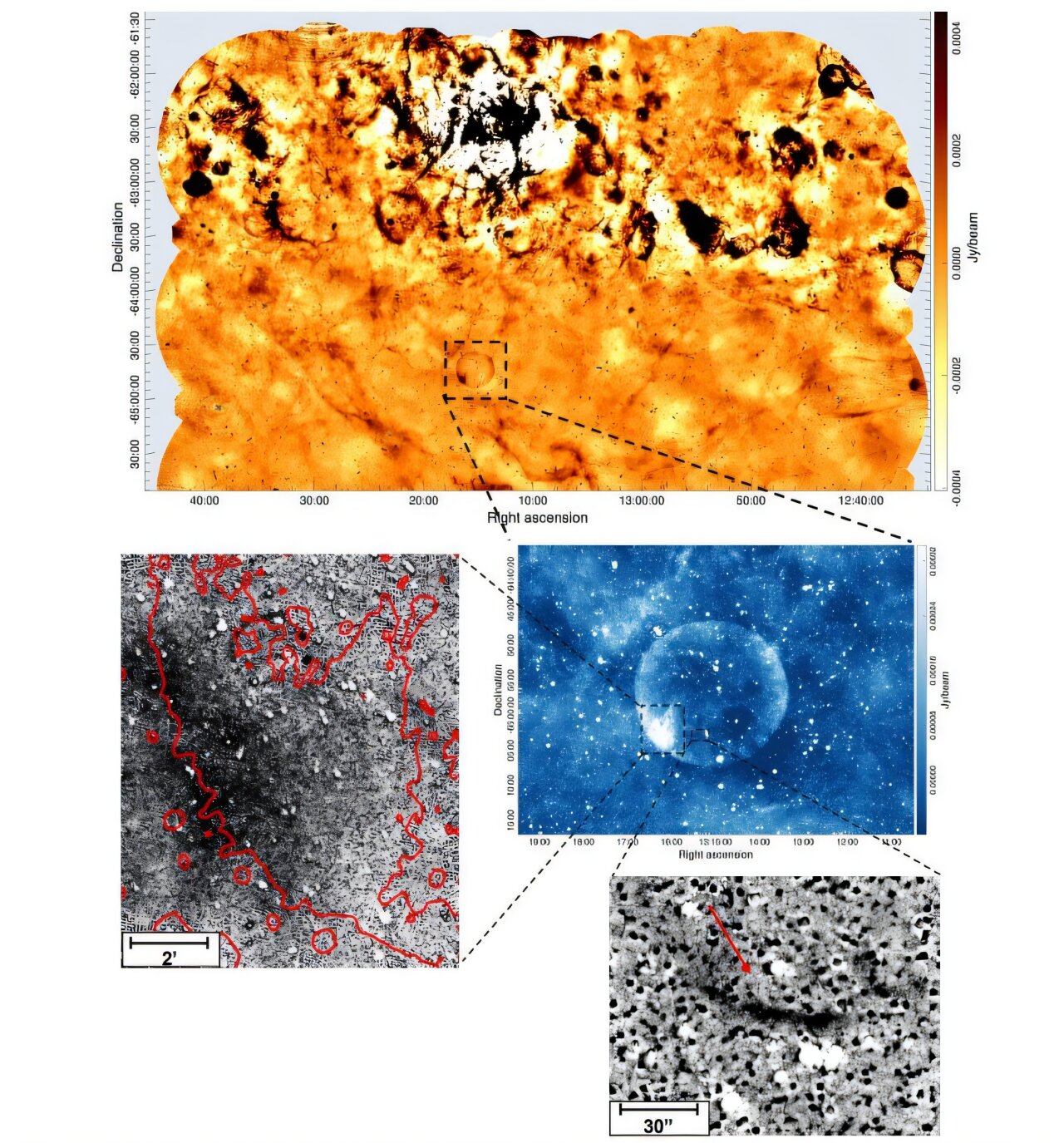
Astronomers have discovered the eerie remains of a supernova with an almost perfect spherical shape glowing faintly on the outskirts of the Milky Way. However, they are unsure exactly how large and how far away the ghostly orb is — or how it got its unusually symmetrical shape. The scientists named the object G305.4–2.2, or…
-
Astronomers Spot a Strangely Perfect Sphere Thousands of Light-Years Away
Here’s what you’ll learn in this story. Scientists using radio wavelength data from the Australian Square Kilometre Array Pathfinder (ASKAP) spotted a strangely symmetrical sphere located thousands of light-years away. The “sphere” is likely the result of a Type 1a supernova shockwave, though astronomers aren’t sure exactly how far away the this supernova remnant is…
-
‘Cosmic joust’: astronomers observe pair of galaxies in deep-space battle
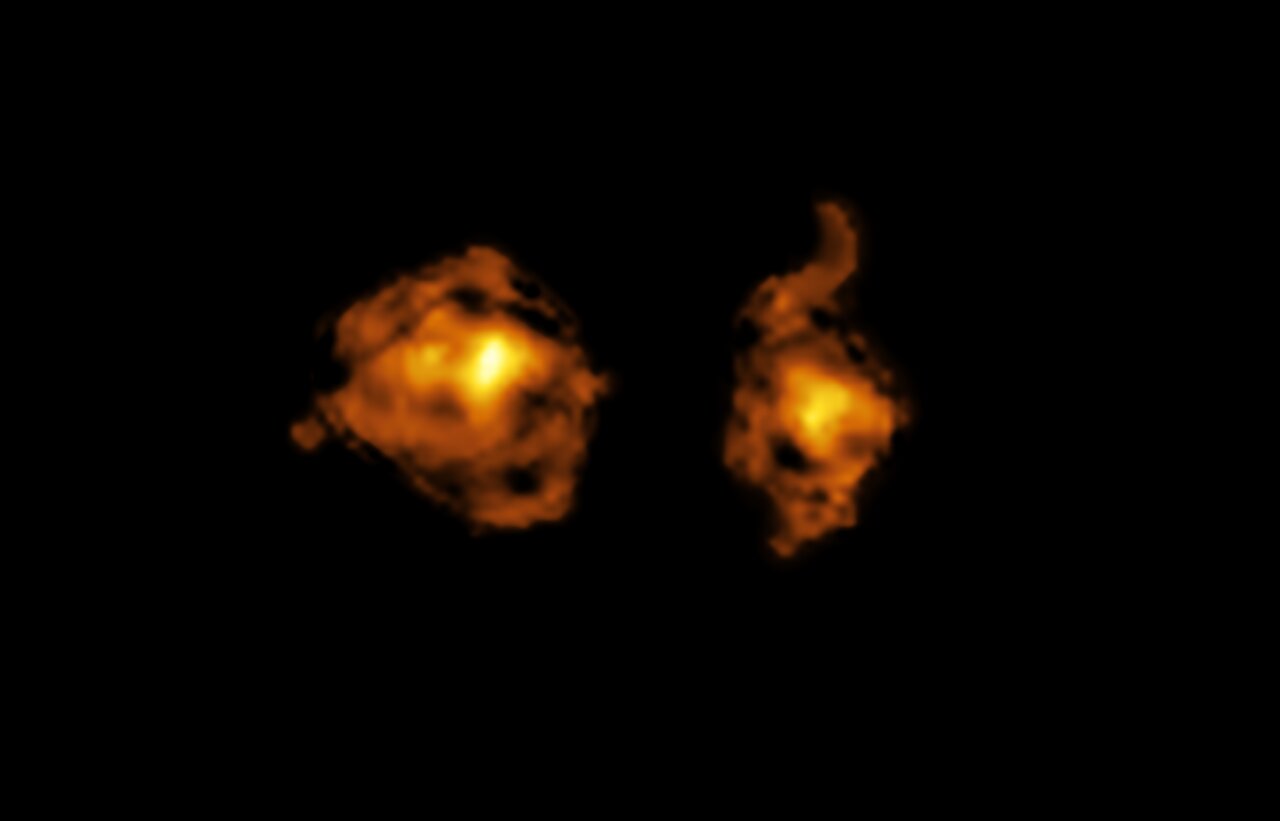
Press Release 21 May 2025 Astronomers have witnessed for the first time a violent cosmic collision in which one galaxy pierces another with intense radiation. Their results, published today in Nature, show that this radiation dampens the wounded galaxy’s ability to form new stars. This new study combined observations from both the European Southern Observatory’s…
-
‘Cosmic joust’: astronomers observe pair of galaxies in deep-space battle

Press Release 21 May 2025 Astronomers have witnessed for the first time a violent cosmic collision in which one galaxy pierces another with intense radiation. Their results, published today in Nature, show that this radiation dampens the wounded galaxy’s ability to form new stars. This new study combined observations from both the European Southern Observatory’s…
-
Perseverance rover rolls into ‘Crocodile’ region on Mars to hunt for super-old rocks
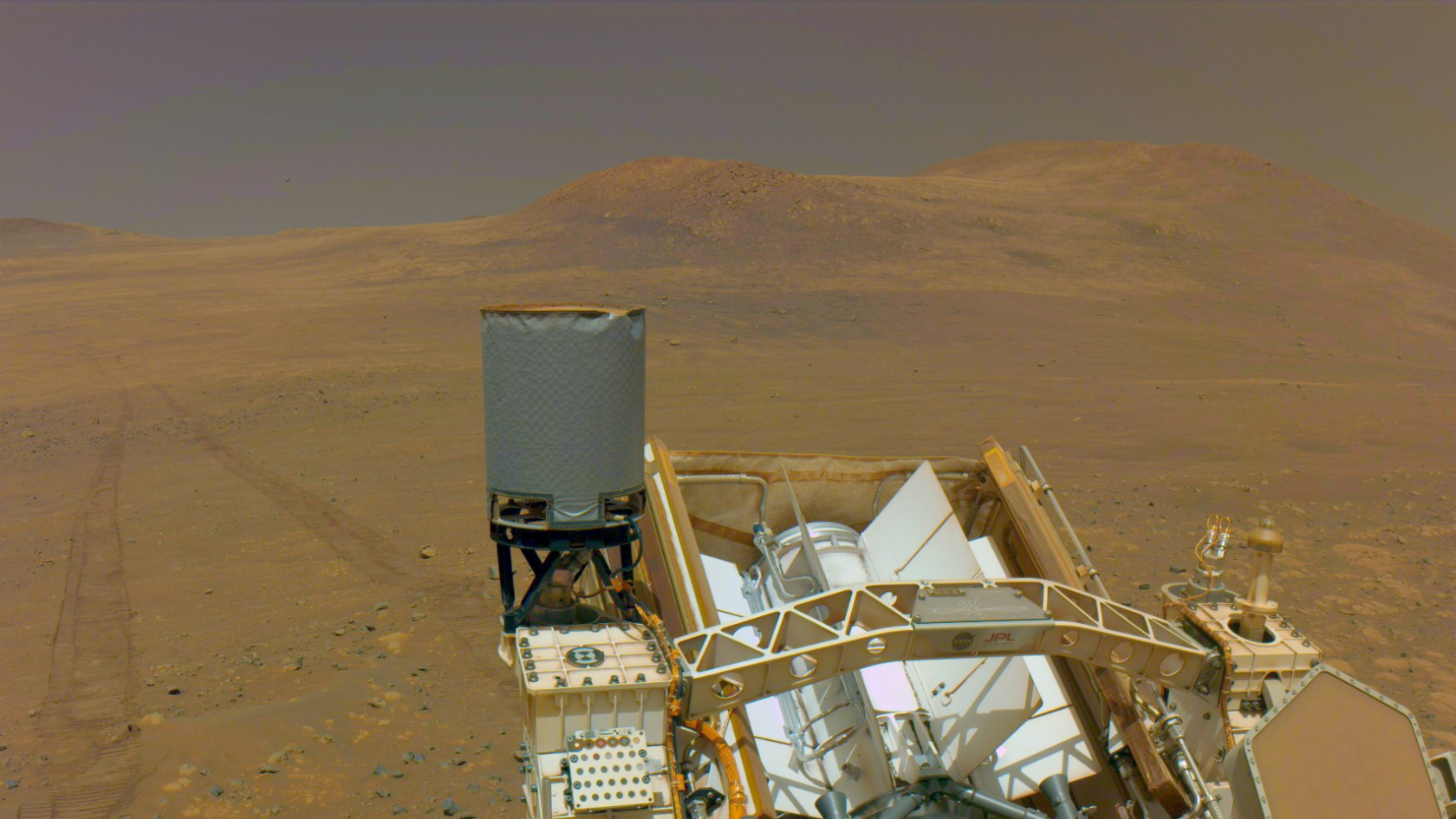
NASA’s Perseverance rover has made to a new region on Mars, which may contain some of the Red Planet’s oldest and most interesting rocks. Perseverance landed inside the 28-mile-wide (45 kilometers) Jezero Crater in February 2021, on a mission to search for past signs of Mars life and collect dozens of samples for future return…
-
A succession of space telescopes
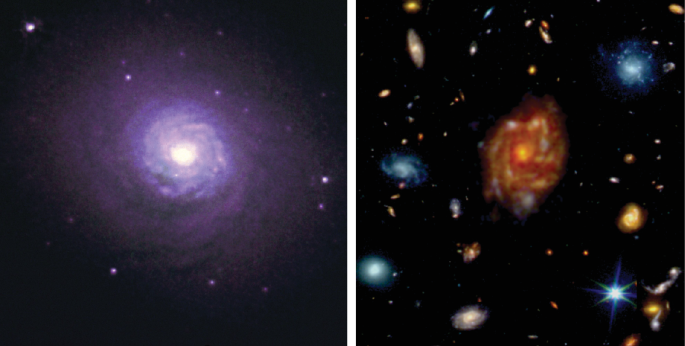
As the Hubble Space Telescope celebrates its 35th year in orbit, this issue of Nature Astronomy includes two papers which mark JWST’s continued progress towards similarly reshaping our view of the cosmos. However, a proposed reduction to NASA’s funding could delay or even prevent the launch of its next flagship space observatory. The science goals…
-
Lightning on alien worlds may fail to spark life, simulations suggest
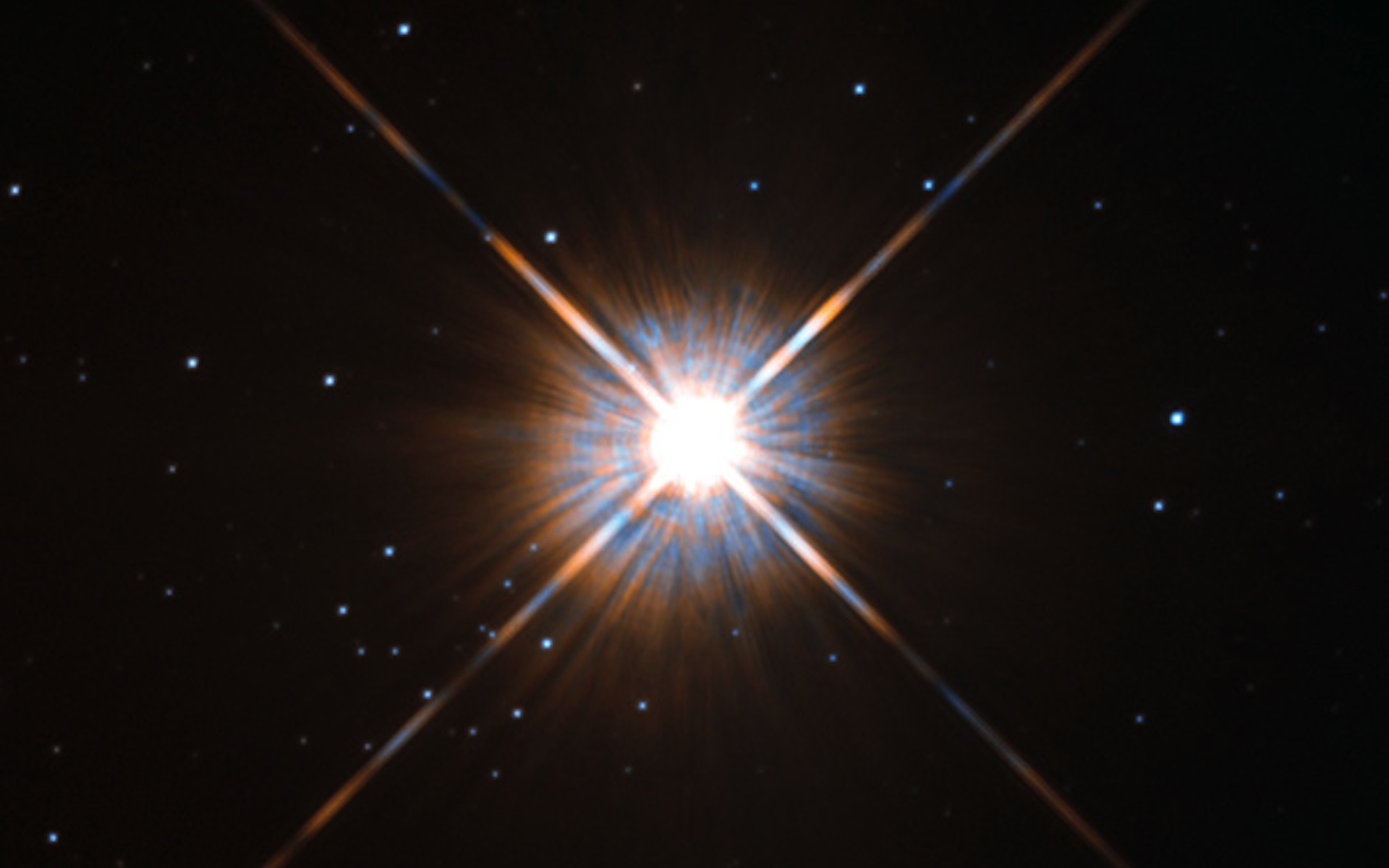
Life as we know it may require lightning, as it’s one of the few energy sources a planet has available to create complex chemical compounds. Now, new research has found that lightning, while not very common, can occur on tidally locked exoplanets like our nearest neighbor, Proxima b. But the peculiar nature of lightning on…
